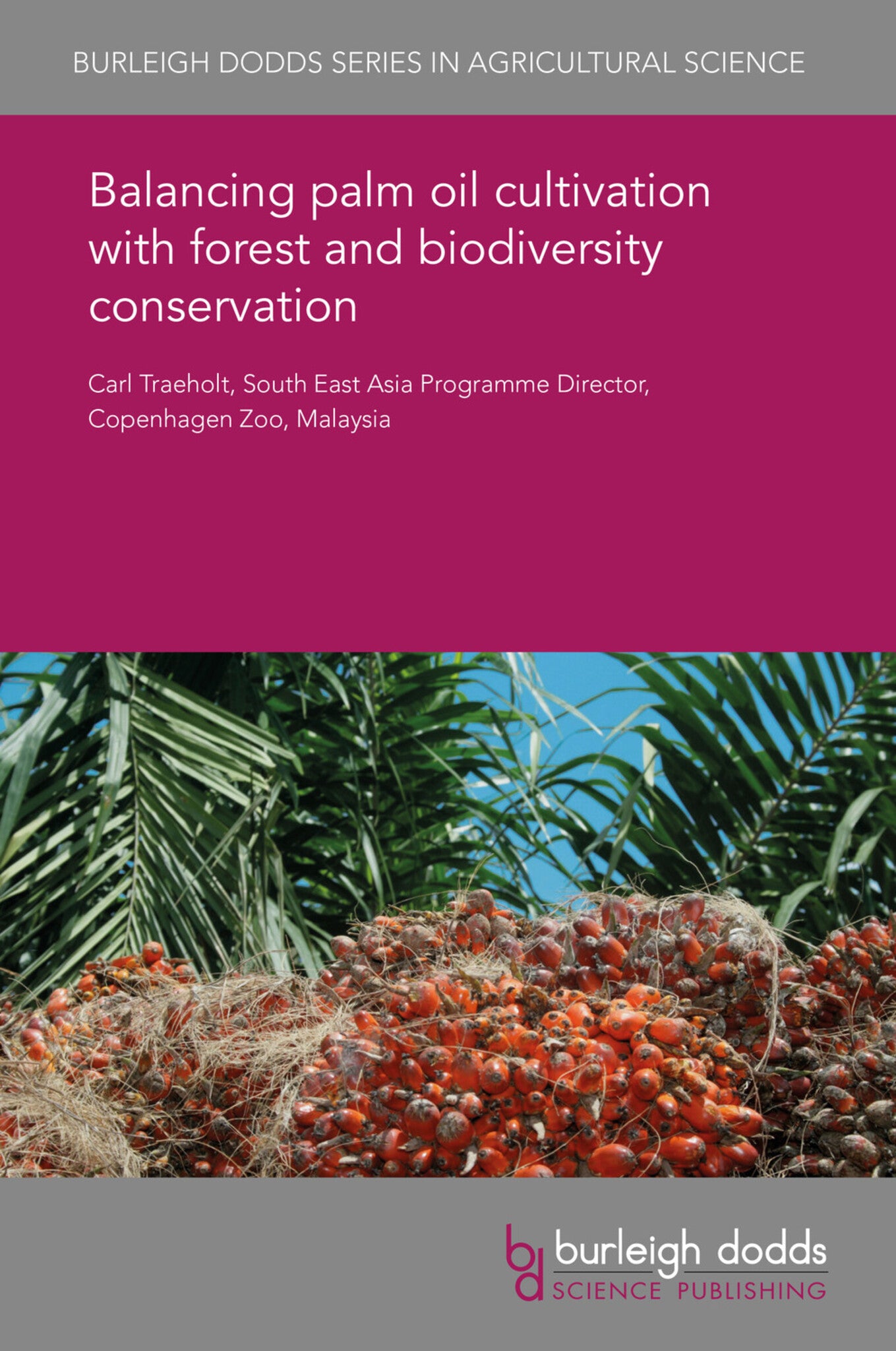We're sorry. An error has occurred
Please cancel or retry.
Balancing oil palm cultivation with forest and biodiversity conservation
Regular price
£25.00
Sale price
£25.00
Regular price
£25.00
Unit price
/
per
Sale
Sold out
Re-stocking soon
With the formation of the Roundtable for Sustainable Palm Oil, environmentalists and consumers anticipated a decrease in the indiscriminate destruction of tropical rainforests. Ten years later, tho...
Read More

Some error occured while loading the Quick View. Please close the Quick View and try reloading the page.
Couldn't load pickup availability
- Format:
-
11 February 2018

With the formation of the Roundtable for Sustainable Palm Oil, environmentalists and consumers anticipated a decrease in the indiscriminate destruction of tropical rainforests. Ten years later, thousands of hectares of tropical rainforests continue to be cleared for oil palm plantations in the tropical world and endangered species are being lost in the process. This chapter, based on six years of collaboration between Copenhagen Zoo, Malaysia, and United Plantations Bhd in Central Kalimantan, Indonesia, describes how measuring, monitoring and managing the environmental impact of plantation operations are key components in sustainable palm oil production. The chapter examines operational impacts of oil palm cultivation on both biodiversity and abiotic factors, as well as outlining methods of biological pest management. The chapter recommends that dedicated companies develop environmental divisions at estate level in order to ensure that biodiversity concerns are integrated into standard operational procedures.

Price: £25.00
Publisher: Burleigh Dodds Science Publishing
Imprint: Burleigh Dodds Science Publishing
Series: Burleigh Dodds Series in Agricultural Science
Publication Date:
11 February 2018
ISBN: 9781838794811
Format: eBook
BISACs:
TECHNOLOGY & ENGINEERING / Agriculture / Sustainable Agriculture, Conservation of the environment, TECHNOLOGY & ENGINEERING / Agriculture / General, TECHNOLOGY & ENGINEERING / Agriculture / Tropical Agriculture, Sustainable agriculture, Agronomy and crop production

1 Introduction 2 Research methods 3 Measuring operational impacts on biodiversity 4 Measuring operational impacts on abiotic factors 5 Biological pest management 6 Results and discussion 7 Conclusion and future trends 8 Where to look for further information 9 References



